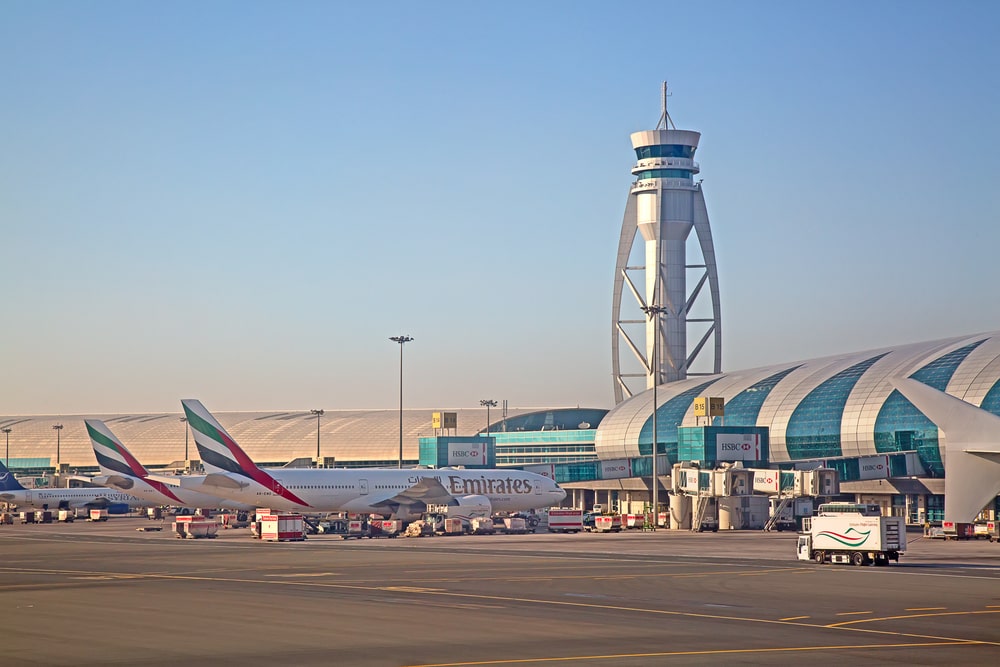
Travelers are turning away from the Middle East region towards Gulf nations, as the turmoil in the Middle East continues to escalate, following a series of military actions involving Iran and Israel.
Data from travel analytics firm Forward Keys has shown a 10% increase in bookings for Gulf nations from last year, as travelers seek safer and stable regions for their destinations.
Airlines have been avoiding airspace over Iran and Iraq, with planes flying through the Arabian gulf or around Oman. This is not to mention the avoiding of Ukrainian airspace too, following Russia’s invasion of the country in 2022.
These set of restrictions have forced a large concentration of traffic through the two air corridors of Turkey and Azerbaijan along with Egypt and Saudi Arabia. Some airlines are re-routing their aircraft through Afghanistan to avoid larger parts of the Middle East, despite security issues.
Consequently, because of this re-routing, there has been a rise in traffic at Gulf airports, which is not just the major airports of Dubai and Abu Dhabi but also regional hubs in Qatar and Oman too.
Oman, with its location on the Arabian Peninsula, is a popular stopover location for flights between the Middle East, Asia and Africa.
Longer flight times and rising fuel prices are increasing the overall cost of flight operations for European and Middle Eastern airlines, forcing them to raise their base fares, at a time when they are facing stiff competition from Asian carriers including China, Singapore and Malaysia.

Related Articles
Aviation
Aviation
Aviation